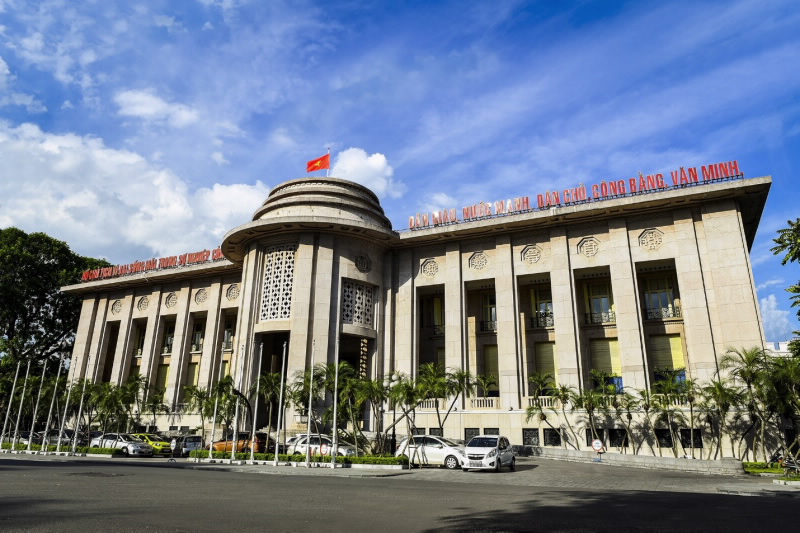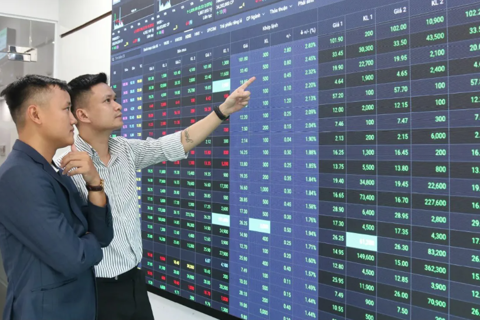Vietnam c.bank lends a hand to companies hurt by nCoV
Banks could consider restructure debt payment period or lower interest rates for enterprises and individual customers facing difficulties from the epidemic.
The State Bank of Vietnam (SBV), the country’s central bank, has instructed the banking sector to support those affected by the outbreak of the new coronavirus (nCoV), according to the SBV.
| The State Bank of Vietnam. |
At the SBV's instruction, banks could consider restructuring debt payment period or lowering interest rates for enterprises and individual customers experiencing difficulties from the epidemic.
SBV Governor Le Minh Hung expected credit institutions and banks to timely provide loans and relax lending procedures for enterprises in compliance with current laws and regulations.
Hung requested banks to closely monitor the businesses conditions and damages caused by the epidemic to their customers, especially in the fields of tourism, agriculture and trade, to address any issues emerged.
A number of securities firms predicted Vietnam’s GDP growth to slow to 6 – 6.5% year-on-year in the first quarter of 2020, significantly lower than the 6.8% growth rate of the same period last year, while the negative impact is likely to persist until the end of the second quarter.
Similar to China, Vietnam’s service sector is also expected to be the hardest hit, especially transportation, accommodation, tourism, retail sales, catering, and entertainment, said Bao Viet Securities Company in its latest report. In 2019, Chinese tourists accounted for 32% of total number of foreign visitors to Vietnam.
Meanwhile, the agriculture, forestry, and fishery will be negatively affected by the epidemic with the plunge in exports of these products to the Chinese market, especially as China is a major market for Vietnam’s farm produce, spending US$5.92 billion on buying Vietnamese goods last year, accounting for 35% of the total.
For the industry-construction sector, disruptions in global supply chain resulting from the nCoV outbreak will possibly affect the import of commodities used as input materials for production in Vietnam. According to the General Department of Vietnam Customs, Vietnam’s total import-export value with China accounted for about 30% of Vietnam’s total export in 2019, of which exports to China accounted for 24% while imports from China made up 38.7%.











